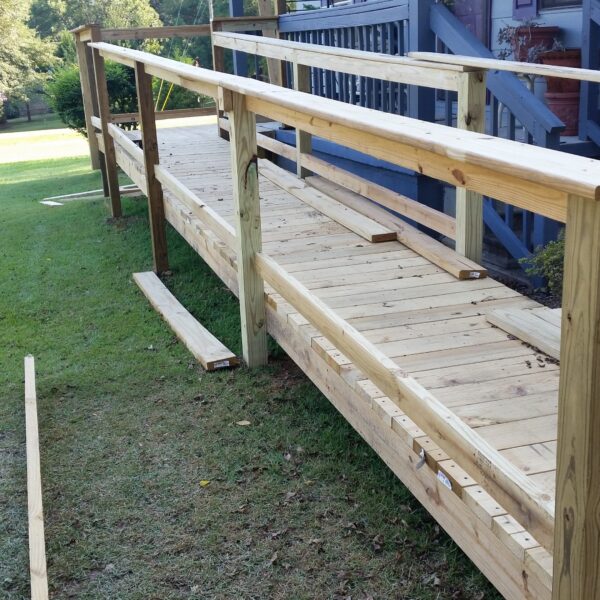If you’re thinking of a new hobby to try in 2022, or you’ve been interested in palaeontology for a while – fossil hunting may be an interesting pastime for you. Many people may not realise that you can hunt for fossils right here in the UK, but you need to know where and what to look for. If you’re a complete novice or have a little background knowledge in the subject, this guide will provide some information on how you can start fossil hunting. Read on to find out more.
Know when to go hunting
You can fossil hunt all year round, but your best chance to find something might be in the winter months. From November to around March or April, rougher sea conditions around the UK disturb the beaches and coastlines which can lead to more discoverable fossils in stones, pebbles and rocks that are displaced or washed ashore. You’ll also want to go during the day to ensure that you are safe when out hunting and so visibility is as good as possible.
Find your local fossil hotspot
If you want to have any sort of chance of finding fossils, you’ll have to try a suitable hunting spot. Beaches are some of the most common places to find fossils in the UK, with many famous coastlines like the Jurassic Coast being favourites for fossil hunters. You may find them on the shoreline or buried under cliffs, but be very careful when extracting them if they are in a cliff face. Other locations such as riverbanks, quarries and even your own garden may be home to fossils, but you’ll have to have a good eye.
Use the right clothing and equipment
Fossil hunting can be tiring and strenuous on your eyes, particularly if you don’t have any luck for a few hours. Whenever you are out and about looking, ensure you are wearing appropriate gear – warm or waterproof clothing if it is cold and wet or a hat and sun cream if it is hot. Furthermore, ensure that you stay well hydrated and fed if you are out hunting for hours. It’s not recommended that you dig into cliffsides or search around loose rock formations, but if you do, ensure that you take some eye and head protection in case rocks or fragments fall or go flying.
Take your fossils home
If you are lucky enough to stumble across a fossil, or even a few, take these home so you can do some research and analysis on them. For smaller fossils, you can invest in a microscope to inspect the finer details and see your find close up – perhaps you can even identify the species. For any larger fossils, you can put them on display somewhere to remind you of your success.
Fossil hunting may just be the excitement that you’ve been looking for in a hobby. Not only can you find some really cool items and fragments of history, but you get to spend more time outdoors whilst you are doing it. Will you try your hand at fossil hunting?
Image Credits: Markus Spiske




Like this article? Share with your friends!